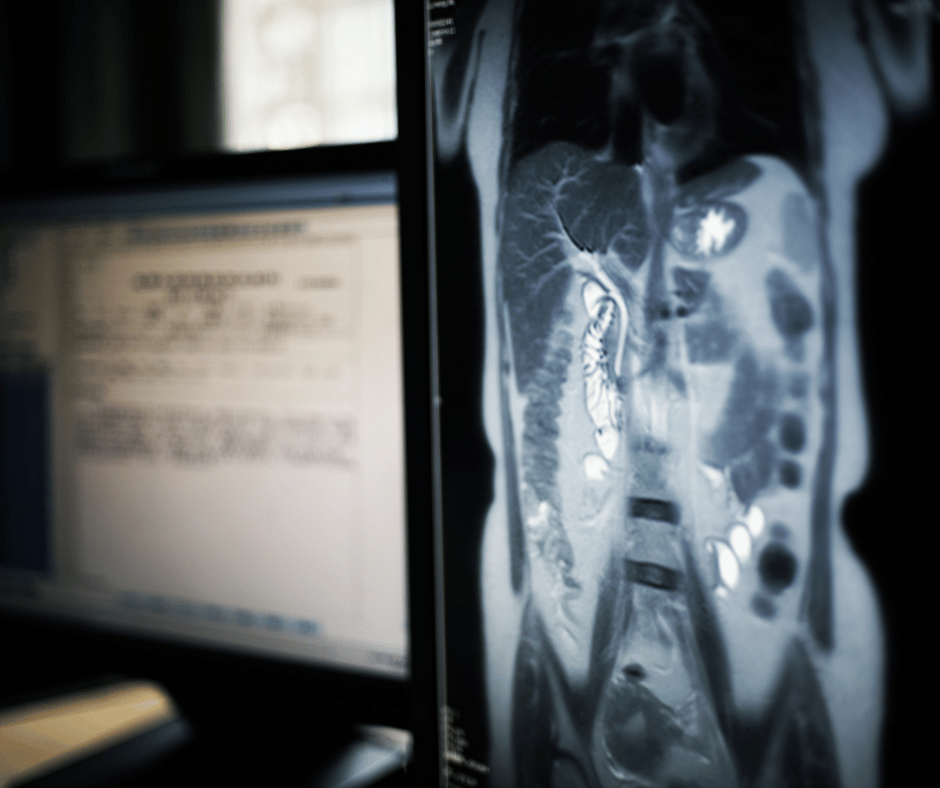As mentioned in our Classification and Grouping Guide, there are a series of rules to consider when classifying and grouping medical devices. These rules are fully explained in Article No. 5 of the decree 4725 of 2005.
In this publication, we will focus on explaining strategies to classify and group medical imaging systems, following simple general rules, and explaining some peculiarities based on our everyday experience.
General Characteristics of Medical Imaging Systems
Medical imaging systems encompass a wide variety of medical devices. For convenience, they can be summarized into broader categories, including, but not limited to:
- Endoscopy
- Microscopy
- Magnetic Resonance Imaging
- Devices with ionized radiation sources
- Ultrasound
When evaluating the specific characteristics of a medical imaging system, it is a good practice to consider the accessories needed for the system to operate. Typically, this type of medical device comes with its own distinctive set of accessories (e.g., different antennae of a magnetic resonance device). However, if any accessory is considered a medical device on its own, an evaluation under the specifications dictated by Article No. 28 of Decree 4725 of 2005 must be taken into account.
Classification According to the Level of Risk
According to the rulings established in Article 5, the diversity of medical imaging systems can be classified as follows:
— Endoscopy: Mostly intended for short-term use and/or connected to a class IIa medical device, endoscopes are usually classified as class IIA devices themselves. Examples include colonoscopes, gastroscopes, duodenoscopes, and bronchoscopes.
— Microscopy: Microscopes can come in different variations. Typically, those intended for medical imaging involve image capture and digitalization, either for use in specialized laboratories (such as assisted fertilization) or during surgery. Such microscopes would generally be classified as class IIa devices, as they are active medical devices.
— Magnetic Resonance Imaging: Magnetic resonance devices are used for diagnostic purposes to obtain functional images different from those provided by X-ray imaging or its ionizing counterparts. As active devices used for diagnostics, they fall under the IIa medical device class.
— Devices with ionized radiation sources: This category encompasses a wide assortment of medical devices, including X-ray machines, CT scanners, Single-Photon Emission Computerized Tomography (SPECT) systems, Positron Emission Tomography (PET) scanners, and Fluoroscopes. Since these devices involve ionizing radiation for diagnostic and/or radiologic interventions, they fall under the IIb medical device class.
— Ultrasound: As previously mentioned in our article for ultrasound systems, ultrasound and its portable variants fall under the Class IIa category.
Grouping for Sanitary Registration Purposes
As mentioned earlier, when attempting to group different medical devices into one sanitary registry, Article No. 28 of the Decree 4725 of 2005 must be considered. The following criteria should be taken into account:
- To group different references within the same registration, they must maintain consistency in:
- Device classification
- Intended use or indication
- Generic denomination
- Registration holder
- Manufacturer
- There may be differences in material characteristics as long as they do not modify the intended use or indication.
Conclusions
When registering medical devices in Colombia, it is crucial to adhere to the guidelines outlined in the Decree number 4725 of 2005. However, it is important to note that the classification and grouping process may vary for each type of medical device. If you require further assistance in understanding any of the requirements discussed in this article, please contact us at contact@veraqueconsulting.com or check out our guidelines.

